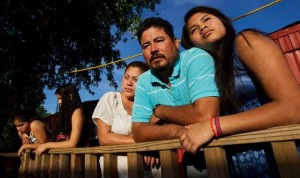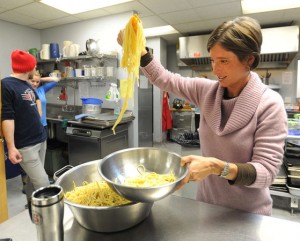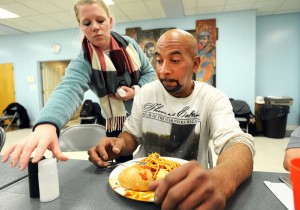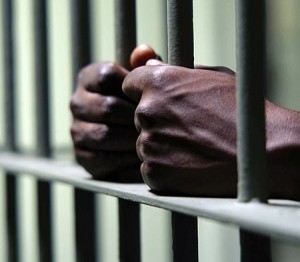When most people think about incarceration, they typically imagine a place filled with men in orange jumpsuits. Though this does represent a large portion of the prison population, it ignores the fastest growing population: women, which has increased by 757% since 1977. With statistics like this you would think that women in the penal system would receive at least as much attention as men if not more so, however that is not the case. Women have been largely ignored as a population when it comes to services, protections, and reforms because they still make up a very small proportion of the overall population at a little less than 10%. Just because women do not represent a large portion of the penal system does not mean they do not need as much help and support as the male population. Groups like the Correctional Association of New York,  with their Women in Prison Project (WIPP) understand this. They represent the voices of women in prison when others would ignore them and make their needs heard. We need more groups like these nation-wide in order to address prison problems specific to women.
with their Women in Prison Project (WIPP) understand this. They represent the voices of women in prison when others would ignore them and make their needs heard. We need more groups like these nation-wide in order to address prison problems specific to women.
 there are fewer female prisons, most of which are maximum security. This means women can be forced into supermax prisons for very minor crimes, often taking them further away from their homes than men would be for a similar crime. Fewer prisons also leads to overcrowding, which increases health problems in an already at risk population. Many women have special health needs beyond what men typically require. They can experience pregnancy, motherhood, and have a higher likelihood for mental illness than men. I am not saying that men have an easier experience in jail or that it is less traumatizing for them, but it is true that their experience in prison receives more media attention and more attention from activists than women typically do. Because of this fewer reforms are made in female prisons to help the women.
there are fewer female prisons, most of which are maximum security. This means women can be forced into supermax prisons for very minor crimes, often taking them further away from their homes than men would be for a similar crime. Fewer prisons also leads to overcrowding, which increases health problems in an already at risk population. Many women have special health needs beyond what men typically require. They can experience pregnancy, motherhood, and have a higher likelihood for mental illness than men. I am not saying that men have an easier experience in jail or that it is less traumatizing for them, but it is true that their experience in prison receives more media attention and more attention from activists than women typically do. Because of this fewer reforms are made in female prisons to help the women. reform for women only. This is an important distinction from other groups who focus on changing the entire prison system. When groups take this approach extra money or studies will almost definitely focus on the male prison population and simply gloss over or ignore the differences in the female population. WIPP avoids this fallacy by focusing solely on making changes to the female prison system. This decision has translated into many successful campaigns, most notably in the banning of shackling during labor. New York is one of only 14 states that have stopped this inhumane practice and WIPP was an important part of the advocacy movement that included groups like the ACLU and NOW that helped make this happen. Successes like this demonstrate the importance and power of a group like WIPP in voicing concerns about female prisoners and addressing issues directly related to women.
reform for women only. This is an important distinction from other groups who focus on changing the entire prison system. When groups take this approach extra money or studies will almost definitely focus on the male prison population and simply gloss over or ignore the differences in the female population. WIPP avoids this fallacy by focusing solely on making changes to the female prison system. This decision has translated into many successful campaigns, most notably in the banning of shackling during labor. New York is one of only 14 states that have stopped this inhumane practice and WIPP was an important part of the advocacy movement that included groups like the ACLU and NOW that helped make this happen. Successes like this demonstrate the importance and power of a group like WIPP in voicing concerns about female prisoners and addressing issues directly related to women.Many groups surrounding female prison reform do most of their work by telling the stories of incarcerated women. While this is an important aspect to awareness raising and advocacy, it cannot be the only part. By going beyond storytelling and initiating and supporting specific initiatives, WIPP sets an example for other groups around the country. If more groups could mimic the progress made in New York, conditions in prisons all over the country could be fixed and a broader movement could form to bring change on the national level, not just the state level. There are many different spheres in the overall prison reform movement and groups like WIPP demonstrate the importance and potential influence that smaller groups can have on the entire effort.


















